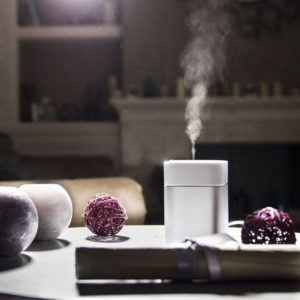
Did you know that dry air can have a bad impact on you and your allergy? It can irritate your nasal passages and could lead to a sinus infection, in the worst case. Moreover, it could also dry your skin and cause eczema.
Therefore, it’s important to read more about humidifiers and find out what they can do. Humidifiers come in different types, and you should know which one is suitable for your symptoms. For that reason, we’ve prepared this article so you can choose the best humidifiers for allergies.
Best Humidifiers for Allergies Comparison Chart
| PRODUCT | DETAILS | ||
|---|---|---|---|
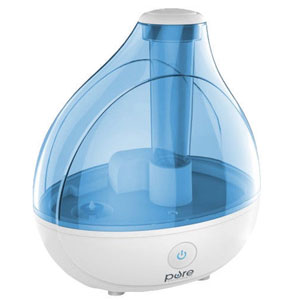 | Pure Enrichment MistAire Ultrasonic Cool Mist Humidifier |
| View On Amazon |
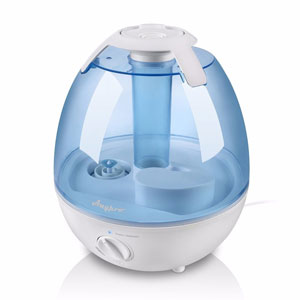 | Anypro Ultrasonic Cool Mist Humidifier Mist Humidifier |
| View On Amazon |
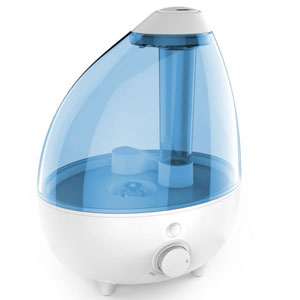 | Pure Enrichment MistAire XL Ultrasonic Cool Mist Humidifier |
| View On Amazon |
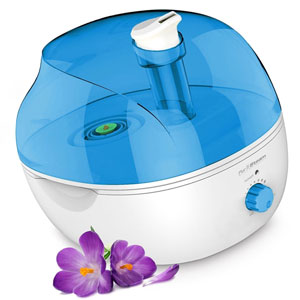 | PurSteam 4L Ultrasonic Cool Mist Humidifier |
| View On Amazon |
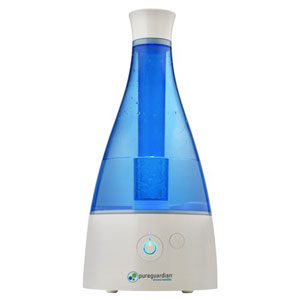 | PureGuardian 6L Output per Day Ultrasonic Cool Mist Humidifier |
| View On Amazon |
Controlling Your Home’s Air Quality and Climate
Most of the times, people spend a lot of money on medication and vaccinations, even though these come with their disadvantages. However, not everyone knows that there are simple methods that could relieve your symptoms.
What you can do is improve your home’s air and climate quality. Proper cleaning could keep your house mold and dust free so your suffering can come to an end. The list of things you should do is not too big, but you should be very careful with them. So, if you want to forget about your allergies, you should:
- Keep your home cool (68 – 72 degrees F)
- Have good ventilation
- Maintain your house’s low humidity (40-50%)
These processes are not expensive, and you mustn’t overdo them. You have to focus on proper cleaning, temperature, and humidity if you want an allergen-free house. Overdoing it can actually worsen your symptoms, and that’s definitely a no-go.
To properly control the air quality and climate in your home, there are several things you could do, such as installing HEPA filters. They can filter various substances from the air, including mold spores, pollen, fumes, and animal dander.
Dust mites usually love staying inside the carpets. Replacing them with a hard-surfaced floor can remove a lot of them and relieve your symptoms in case of dust allergy. Therefore, you should consider removing the carpets from your house. However, if this is not an option, you could properly clean them on a regular basis.
If you have other fabric items that can’t be washed, replaced or removed, they should be vacuumed properly. However, when vacuuming them, the issue is that the mold and dust mite particles become airborne and can stay like that for about 15 minutes. If you are allergic, then you shouldn’t vacuum them yourself, and you should stay out of the area during the process.
Dehumidifiers and humidifiers are great solutions that could keep your home’s humidity at the right level. Whether your house is too dry or too humid, it could impact your allergy and aggravate your symptoms. A dehumidifier could decrease the humidity in case of a highly humid house. On the other hand, a humidifier could increase the humidity if you live in a dry environment. If you have a problem with any of these environments, you should consider purchasing one of these products.
There’s one more type of product to consider and that’s the air purifier. Our team at Humidity Expert has prepared a number of useful article on several products and you can see all our reviews by visiting our home page. See all the other guides we got because you never know what you may need.
Types of Humidifiers – Which One Is the Best for Allergies?
When it comes to humidifiers, you have two options – you either choose a warm mist one or a cold mist one. They are both doing the same thing – maintaining the humidity in your house – but they operate differently.
For example, a warm mist humidifier boils the water in the tank to the point it vaporizes and, when released in the atmosphere, it creates humidity in your home. A cold mist humidifier, on the other hand, doesn’t boil the water. The cold mist units can either be evaporative or ultrasonic. The evaporative ones force air across a wet wick, and when the water evaporates, the mist is forced into the air. The ultrasonic ones break up water molecules and release them into the air.
When choosing the best warm mist humidifier or the best cool mist humidifier, you need to look for what they could offer and what you need as an allergic person. Warm mist humidifiers are quieter compared to cold ones. They are also good at soothing sinuses and thinning the mucus secretions. If you need them for a small area, that’s good, because that’s exactly what they’re good for. A bedroom would be a great choice because you will need to ensure you can breathe properly during the night.
Cool mist humidifiers are better for larger environments, but they also need more cleaning. Unlike the warm mist ones that kill bacteria in the tank, cool mist ones can accumulate a lot of mold without frequent cleaning.
However, several types of cool mist humidifiers are great for allergies, because they filter out dust and pollen and could relieve your symptoms. Air washer humidifiers are the ones doing this, and they could be great allies when fighting allergy.
Most of the time, cool mist humidifiers are chosen because not only they come in a wide range of options to choose from, but they are also safer compared to warm mist ones. The latter could seriously burn your skin if tipped over by mistake. This is an even bigger concern if you have children and/or pets.
Therefore, cool mist humidifiers would be a better option when choosing a humidifier for allergies, because not only that they filter allergens, but they also make the air colder. Consequently, they make the air easier to breathe.
Read more; Best Travel Humidifier reviews
How Humidifiers Can Help with Allergies
Dry air is usually a problem because it makes your allergy symptoms worse by irritating your nasal passages. In the worst-case scenario, it can lead to a sinus infection too. In addition, your body produces more mucus in a dry air environment. If you have asthma too, this can be a serious problem.
Humidifiers can solve this issue by moisturizing the air in your environment and keeping your nasal passages free of mucus. They can help you have a home with a well-balanced level of humidity.
However, you need to be cautious. The humidity level needs to be lower than 70%. The reason is the fact that a very high humidity level can actually worsen your symptoms. Dust mites are fueled by moisture and can make you feel very uncomfortable if they are helped by the humidifier. Thankfully, there are humidifiers that come with the feature to measure the humidity level in your home’s air. This way, you know how and when it’s time to use the device.
How to Have the Right Humidity Level in Your House
As mentioned, if you have allergies, it’s best that your house is not too dry or too humid. Both of these can actually worsen your symptoms and make you want to rip your nose out.
First of all, when choosing a humidifier, you need to ensure that it has a hygrometer. This one will show you how moisturized or dry the air in your house is. Therefore, you will be able to know when to turn the device on, and when it’s time to turn it off.
The moisture in your home should always be between 40-50%. Never let it increase higher than that because you risk making your allergies worse. Humidity plays a big role in your allergy’s treatment, and in how this condition develops. Well-balanced moisture levels can keep dust mite levels in the air low, thus relieving your symptoms.
How Dry Air Affects Your Allergies
When we say “dry air”, we mean that the air in a home holds little to no humidity. Dry air is present in your home, usually, during winter months. When the winter air leaks in your home, it mixes with the indoor one and becomes very dry. The same happens when you use heaters during the colder months.
Moreover, in warmer climates, the air in your home can get very dry too. Consequently, this could trigger your allergy symptoms, as the moisture levels in the air are reduced.
Dry indoor air can lead to a number of symptoms, such as:
- Sore or itchy throat
- Dry skin
- Irritated nasal membranes
- Coughing
- Worsened asthma symptoms
- Nosebleeds
- Chapped lips
What’s even worse is that it can lead to a serious sinus infection. In addition, if you also suffer from asthma – besides being allergic – dry air can be dangerous, as it can trigger your symptoms.
Luckily, dry air is not an issue that you can’t solve. On the contrary, a humidifier can be your best buddy, and moisturize your home’s air, helping you get rid of those annoying symptoms.
Read more; Best Humidifier for Sinus Problems
How Humidifiers Can Help Relieve Allergies
Basically, a humidifier will balance the moisture levels in the air and help you against allergies and dry air symptoms. Dry air can worsen your allergies and it has several impacts on you. Besides having to struggle with a runny nose or eczema because of the allergy, dry air adds to the suffering by giving you dry skin and chapped lips.
Thankfully, we have humidifiers, and whether you choose a warm mist or cold mist one, they are sure to help you kill allergens and live happily in your household. Many of these devices come with hygrometers, which can show you how humid or dry your house is. Owning a humidifier with a hygrometer is very helpful for allergic people because it lets them know when it’s time to turn the device off, or when it’s time to use it.
This way, they can keep the moisture level between 40-50% and prevent dust mites from being fueled by environmental conditions, such as too much humidity or dryness.
Moreover, choosing the good quality whole-house humidifiers can be useful, as they can filter allergens in the entire household.
Read more; Best Humidifier for Eczema (Ultimate Buying Guide)
How to Properly Use Humidifiers?
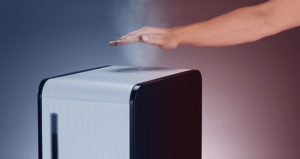
To begin with, you need to make sure the device is clean. Warm mist humidifiers have the advantage of sterilizing the water before spraying mist into the air. However, they still need to be maintained properly, because mold can accumulate in the tank, so make sure you clean then daily and weekly.
Cold mist humidifiers require more cleaning because they accumulate more mold and bacteria, so you need to gently clean them daily. Once a week, you should disassemble the device and carefully clean each part. White vinegar is a great solution for that.
Once you make sure that the device is clean, you need to pay attention to the hygrometer. By doing this, you can ensure that your home doesn’t get too humid.
Make sure you choose the right humidifier size, depending on the area you want to be humidified. Bigger ones work better for a wide area, such as the whole house, but they can release too much mist in the air if you’re not paying attention.
Placing the device in a proper space is very important because it should stay where you need it the most. Usually, the best place for a humidifier in the bedroom, but it really depends on your needs and one where you’re most active. For instance, if you’re always in the living room and the air is dry, then it would be a good choice to place the product there.
If you own a warm mist humidifier, you should be careful where you place it. This type of humidifier is more dangerous compared to cool mist ones. If you have pets or children and they are usually running around a lot, the device can be tipped over. As a result, they can injure themselves by causing serious skin burns. So, it’s essential to place it somewhere away from kids and pets.
Make sure you fill the humidifier whenever you need to use it again. Depending on the amount of water the tank stores, it is able to run for a certain amount of time. Moreover, many devices come with a high and low setting. It’s up to you and your needs to decide what kind of unit you should buy. Also, the device operates for longer on the low setting, and for shorter on the high one.
In addition, never add more water to the already existent water in the tank – always refill. Bacteria can breed in stagnant water, and you can reduce the risk by emptying the tank. Afterward, you should wash and dry it, then refill it with new water.
Wrap Up
Allergies can become a real nuisance most of the time, and if you spend a lot of time indoors, then you should take measures to prevent them. If your house’s air is dry or too humid, this can lead to a number of symptoms, worsening your allergy and asthma.
In order to put an end to the struggle and breathe allergen-free air, a humidifier can keep your home’s air at the right humidity level. Before deciding whether you should purchase a humidifier for your allergies or not, it’s better to do some research and inform yourself about what such a device can do.
This article was created to help you with that and allow you to see how the best humidifiers for allergies can be the key to an easier life indoors. You should now be able to decide what type of humidifier is suitable for you.
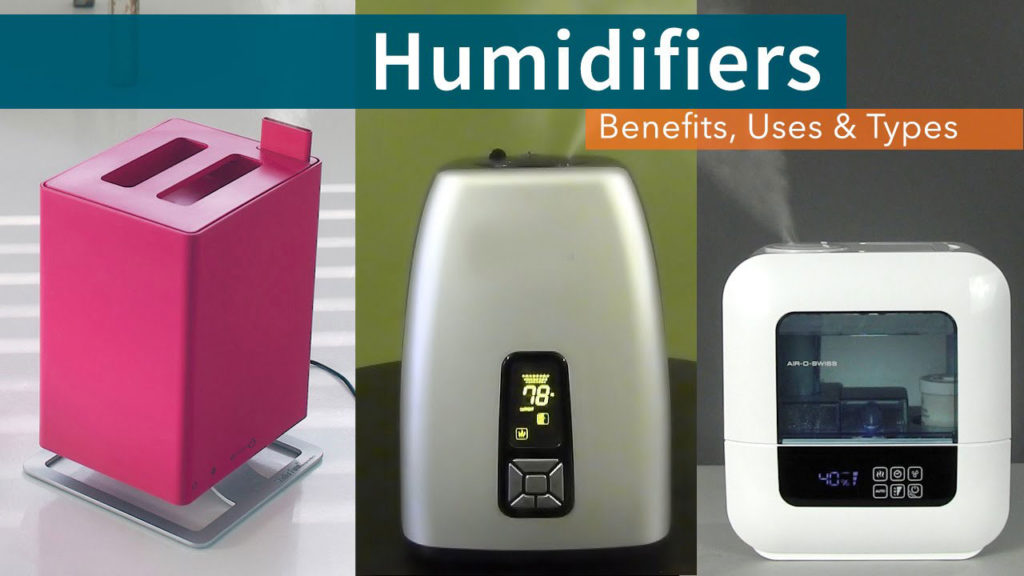
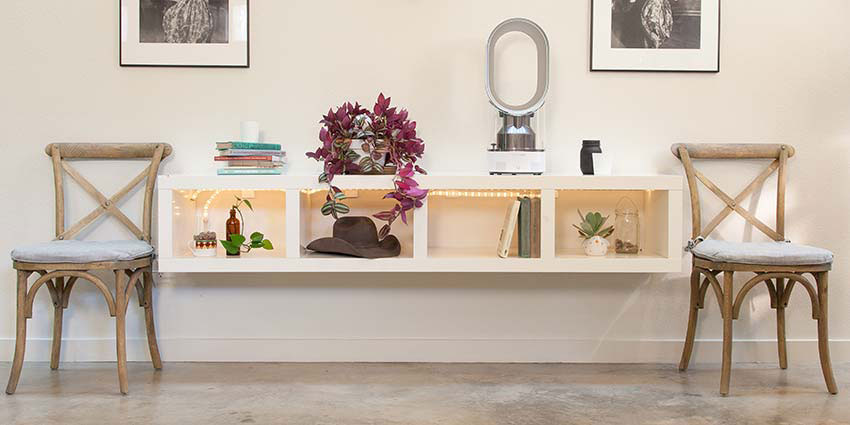
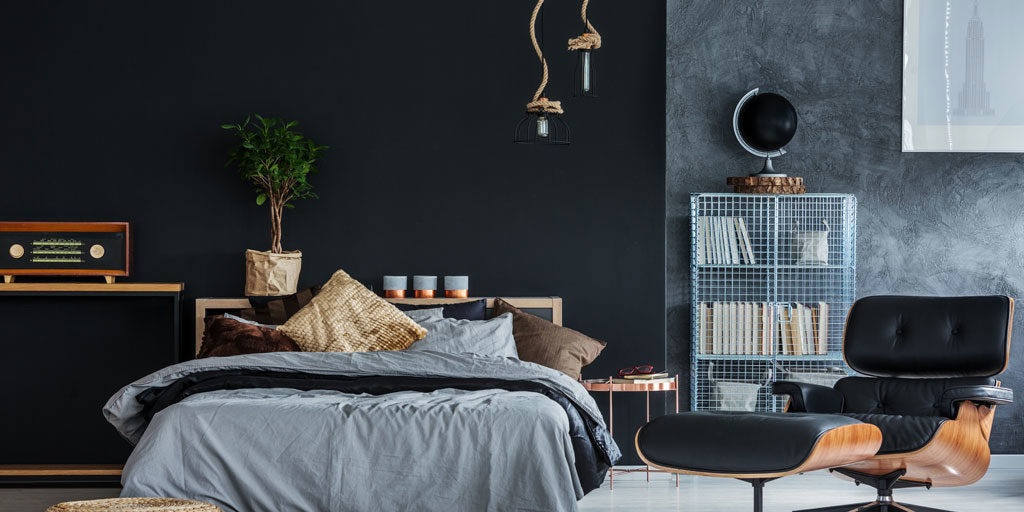
Leave a Reply